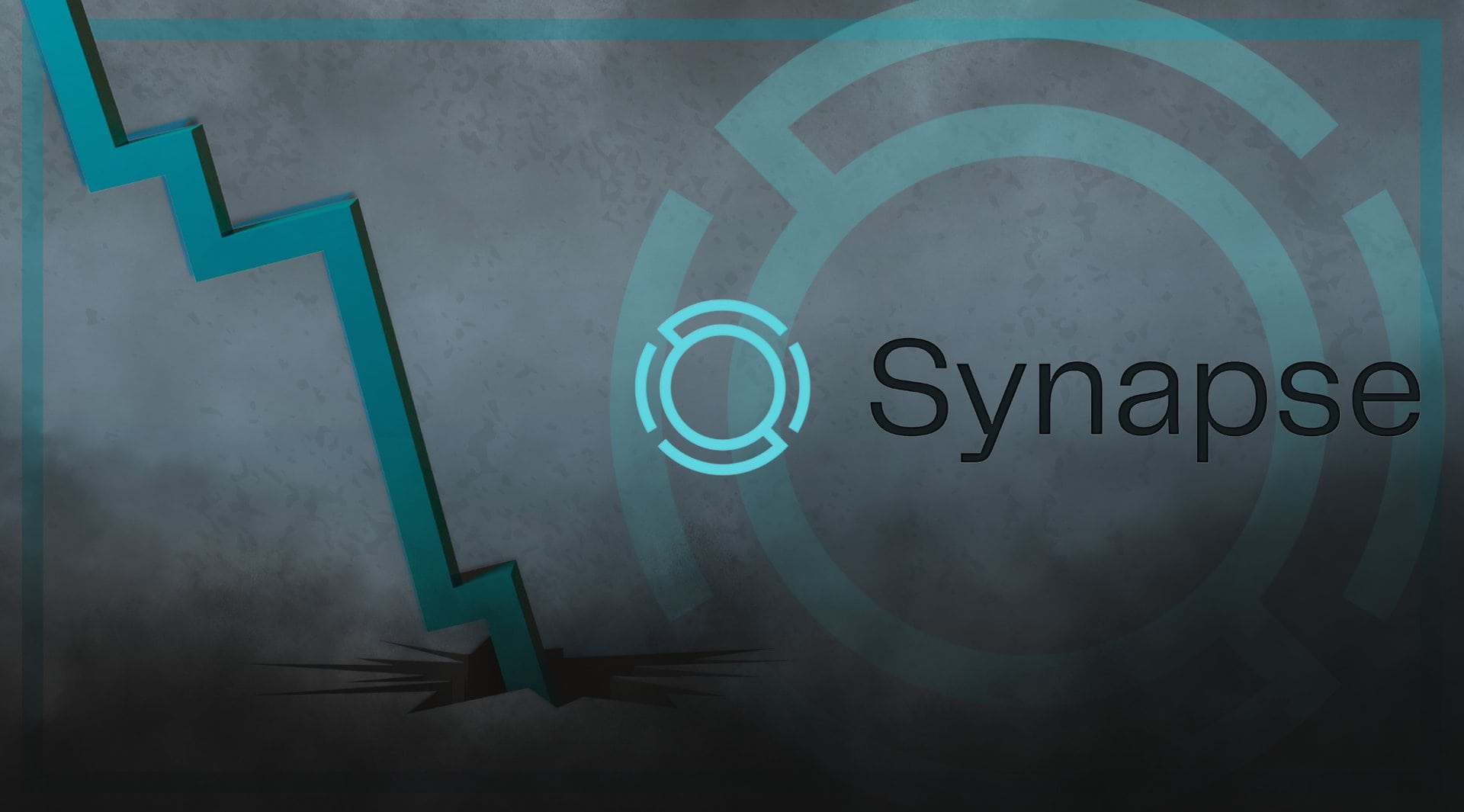Deciding on a method of cryptocurrency storage is critical for anyone venturing into the digital asset world. With the continued popularity of Bitcoin, Ethereum, and other cryptocurrencies, picking between a hot wallet and a cold wallet is vital for convenient and secure storage. We’re breaking down the differences, advantages, drawbacks, and use cases for each wallet to help you make an informed decision that aligns with your specific needs.
What Are Hot Wallets and Cold Wallets?
A Hot Wallet is a crypto storage solution that is connected to the internet. It’s typically software-based, running on devices like smartphones, computers, or web browsers. Hot wallets are convenient for frequent transactions but are more vulnerable to online security threats.
A cold wallet is an offline storage method that’s disconnected from the internet. These types of wallets come in the form of paper wallets, hardware devices, or even air-gapped computers. According to Techopedia’s Kane Pepi, the top cold wallets on the market store private keys offline, ensuring unmatched security and accessibility. He adds that cold wallets require additional security steps like a PIN before a transaction can be made.
An Overview of Hot Wallets
As internet-connected digital wallets, they are designed for quick and easy access to cryptocurrencies. These hot wallets support multiple coins, feature user-friendly interfaces, and offer seamless integration with blockchain services like NFT marketplaces and decentralized finance (DeFi) platforms.
Being free or low-cost to set up, hot wallets are ideal for daily transactions, experimenting with crypto, and trading. They also come in non-custodial (self-managed) or custodial (exchange wallets) forms. Although these wallets excel in flexibility and convenience, their internet connectivity makes them more prone to cyber threats than cold wallets. This makes hot wallets best suited for holding small, active balances as opposed to long-term storage.
Benefits of Hot Wallets
- These wallets connect to decentralized finance (DeFi) platforms. This allows users to lend, stake, or swap cryptocurrencies seamlessly.
- A hot wallet is easy to use and provides immediate access to your funds, which makes this wallet ideal for frequent trading and transactions.
- Because most hot wallets are free or low-cost to set up, they’re a cost-effective choice for those who are new to crypto trading.
Drawbacks of Hot Wallets
- Since this wallet is connected online, they are more vulnerable to phishing attacks, hacking, and malware.
- You don’t have full control of your private key if you’re using a custodial wallet (like an exchange wallet). This increases the risk of losing your funds if the platform is compromised.
When to Use a Hot Wallet
- If you’re using small amounts of cryptocurrency and where convenience outweighs any security risks.
- When you want quick access to decentralized applications (DApps).
- If you frequently use or trade cryptocurrencies for day-to-day transactions.
An Overview of Cold Wallets
Designed for maximum security, cold wallets are offline cryptocurrency storage solutions. Because these wallets are disconnected from the internet, they’re immune to online threats. Cold wallets ensure robust protection for digital assets and are typically used for storing significant amounts of cryptocurrency for longer periods.
Even though these wallets provide unmatched security, their offline nature makes them less convenient for quick access or frequent transactions. However, they’re best suited for those prioritizing security over accessibility or HODLers (or long-term holders).
Benefits of Cold Wallets
- Designed to withstand physical damage, high-quality hardware wallets are known for being durable. Additionally, paper wallets can last indefinitely when stored correctly.
- Users have complete control of their private keys, which eliminates reliance on third-party platforms.
- Due to their offline status, cold wallets are immune to phishing attacks, hacking, and malware. This provides the safest environment for storing digital assets.
Drawbacks of Cold Wallets
- Cold wallets are less practical for daily trading and transactions because accessing funds in these wallets requires additional steps.
- Funds could be unrecoverable if a cold wallet or its recovery phrase is destroyed or lost.
- Costing between $50 and $200, users on a budget might not be able to afford a cold wallet.
When to Use a Cold Wallet
- When your primary concern is protecting assets from online threats.
- If you rarely need access to your funds and prioritize security over convenience.
- When you want to store large amounts of cryptocurrency over a long-term period.
Picking the Right Wallet for Your Specific Needs
Picking the best wallet depends on your security needs, cryptocurrency usage, and experience level. Hot wallets offer ease of use and quick access, which is perfect for trading and frequent transactions. However, cold wallets are the best option if you prioritize security for long-term storage.
Additionally, cold wallets might require an upfront investment while hot wallets are known for being cost-effective and beginner-friendly. Before making a decision, you want to assess your risk tolerance and pick whether security or convenience is more important for your needs.
Best Practices for Wallet Security
To ensure the safety of your cryptocurrency, stay vigilant and adhere to security best practices. Here are the five vital steps to protecting your wallet and the digital assets it stores:
Use Strong, Unique Passwords
Since passwords are your first line of defense against unauthorized access, you want to make sure your passwords are strong and unique. That’s because you reduce the likelihood of your wallet being compromised when you use strong passwords. Tools like password managers are great resources, as they help generate and securely store passwords. This aids in ensuring you don’t reuse them across multiple platforms.
Be Cautious of Phishing Attacks
A phishing attack tricks users into offering their sensitive information under false pretenses. To avoid this, you want to always verify the authenticity of emails, websites, and links before you enter any wallet details. Additionally, you want to avoid sharing private keys and recovery phrases under any circumstances. This will help prevent unauthorized access.
Keep Your Private Keys Offline
Private keys are the center of your wallet’s security. By storing your wallet offline (with paper or hardware wallets) you protect your funds from malware, hacking, and other online threats. You should also avoid sharing or storing your private keys on internet-connected devices.
Backup Your Recovery Phrases and Wallet
Another crucial factor in ensuring wallet security is backing up your wallet, as this helps maintain access to your cryptocurrency. Often provided during wallet setup, recovery phrases allow you to regain access if your wallet is damaged or lost. Moreover, you can be better prepared for unexpected events when you securely store these phrases in multiple locations.
Enable Two-Factor Authentication (2FA)
You can add an additional layer of security to your wallet by using two-factor authentication. 2FA requires a second form of verification, which goes beyond only using a password to gain access to your wallet. This second form of verification could include a code being sent to your email or phone. Implementing this extra step makes sure that your wallet remains protected even if your password is compromised.
Final Thoughts
Hot and cold wallets are essential in the cryptocurrency ecosystem. Each of these wallets caters to different preferences and needs. Hot wallets excel in ease of use and accessibility. This makes them perfect for everyday use. In contrast, cold wallets provide unmatched security for long-term storage. When you understand the features of each wallet and apply best practices, you can protect your digital assets and tailor your storage strategy to align with your objectives.















